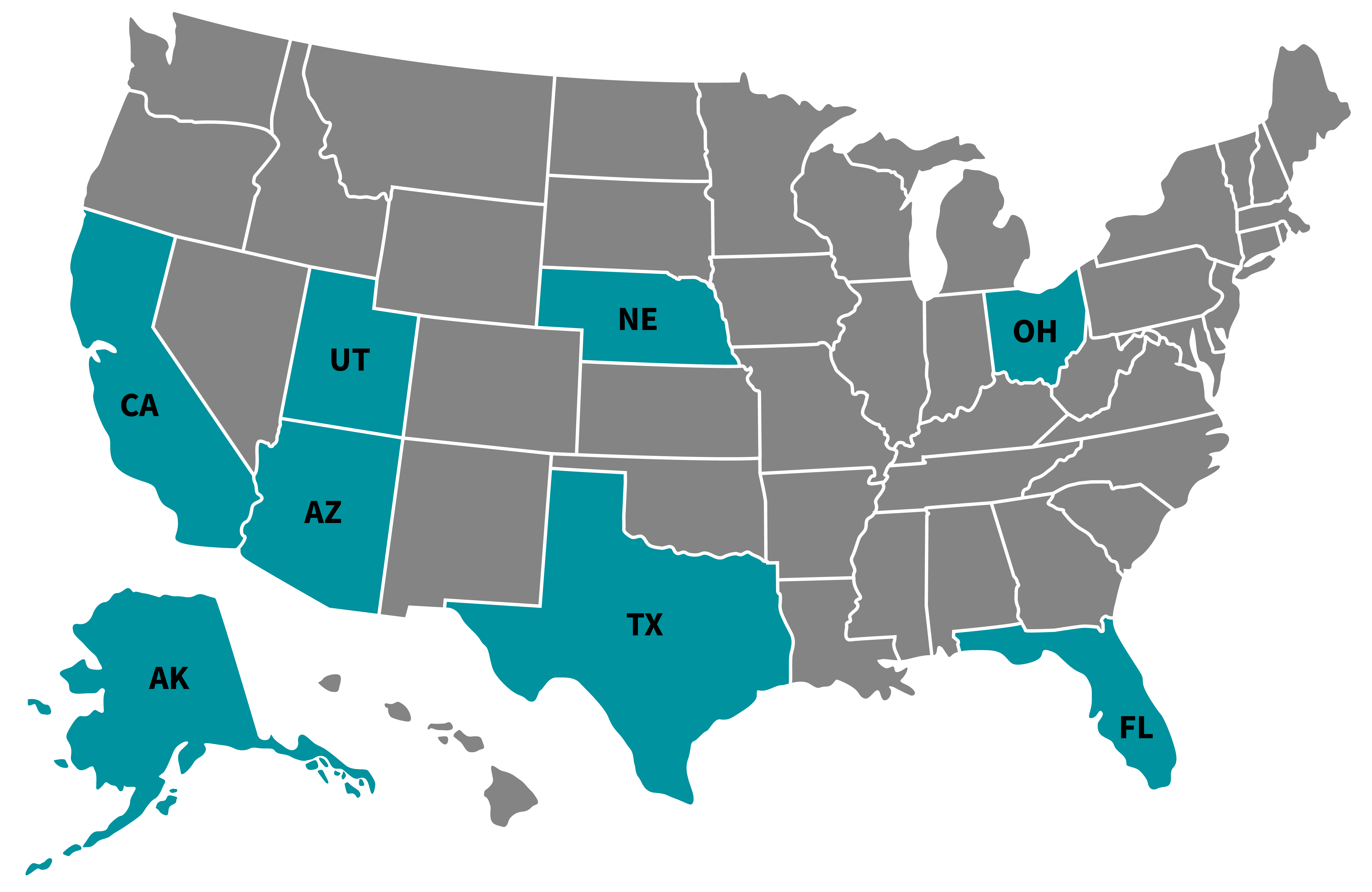NEPA Assignment is a process states can choose to undertake where they assume federal responsibility for transportation projects in exchange for a faster federal review process. The process eliminates the Federal Highway Administration’s (FHWA) project-specific review and approval, allowing for increased efficiencies. Many AASHTO member states have found state assignment to be beneficial in generating cost and time savings on projects.
How the NEPA Assignment Process Works
- Applying for and maintaining NEPA assignment is a collaborative process among State Departments of Transportation (DOTs), FHWA Division Offices, the FHWA Resource Center, and Office of Project Development and Environmental Review (HEPE).
- Draft applications can be reviewed and discussed among all parties before formal submission.
- Once the application is complete, the state must publish a statewide notice of its availability for review and comment, and then follow its own state procedures for public notification.
- Once approved/finalized, the state’s Department of Transportation becomes responsible and liable for compliance with all relevant federal environmental laws.
Benefits of NEPA Assignment
- The state’s Department of Transportation (DOT) can have complete control over and responsibility for environmental reviews and NEPA decisions on Federal-aid highway projects
- Allows for more direct engagement with stakeholders and public agencies
- Implements more ownership and flexibility of decision-making throughout the state
- Increases the speed of highway improvement projects while preserving environment quality
In fact, there are eight states that have participated in the NEPA Assignment:
- Alaska
- Arizona
- California
- Florida
- Nebraska
- Ohio
- Texas
- Utah

Learn more about how Nebraska recently embarked on its NEPA Assignment:
Additional information about state assignment can be found on the FHWA’s website.
